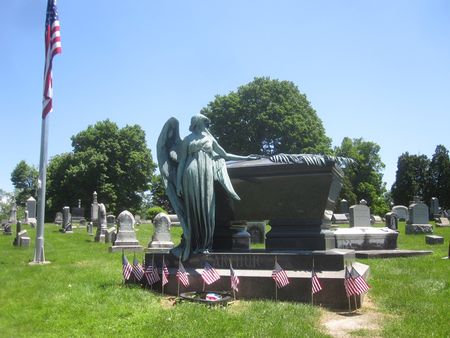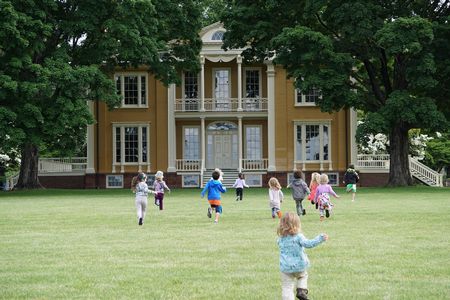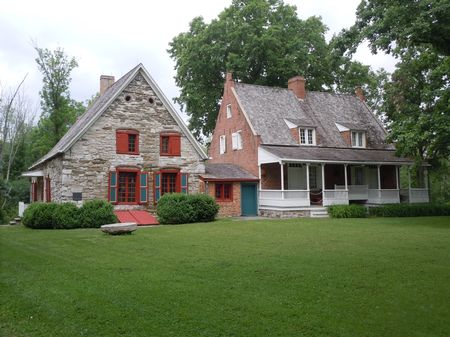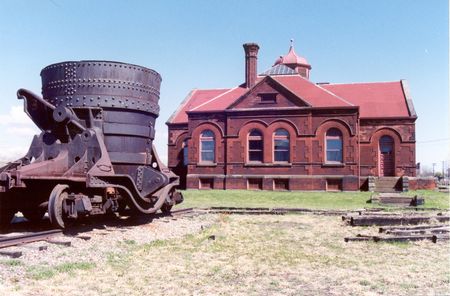Please call the individual sites directly to inquire about the events listed on our event calendars and to inquire about hours.
The Maurice D. Hinchey Hudson River Valley National Heritage Area does not own or operate any of the sites listed below. They are owned and managed by the organizations listed in the site descriptions. Please call ahead for special accommodation needs or with any questions about their sites.
Heritage Sites
Heritage Sites
Albany City Hall
A grand Romanesque-style building, Albany's city hall was designed in 1882 by Henry Hobson Richardson, then America's greatest architect.
Albany Institute of History & Art
Founded in 1791, the Albany Institute of History and Art is one of the country's oldest museums and offers an excellent introduction to the fine art and culture of the upper Hudson Valley.
Albany Pine Bush Preserve
DISCOVER THE ALBANY PINE BUSH! Globally Rare Nationally Significant & Locally Distinct
Albany Rural Cemetery
Incorporated April 2, 1841, the Albany Rural Cemetery is listed on the National Register of Historic Places and is one of the most beautiful and historic cemeteries in upstate New York.
Bear Mountain State Park
Bear Mountain Park offers many opportunities for enjoying both the outdoors and history. Walk along the Appalachian Trail or visit the Trailside Museum.
Bennington Battlefield State Historic Site
The spot where American militia under General Stark defeated the invading British army of General Burgoyne on August 16, 1777.
Boscobel House and Gardens
Boscobel is an elegantly furnished Federal-style house museum located within the spectacular the Hudson Highlands region of the Hudson Valley.
Bronck Museum
Bronck Museum features what may be the oldest dwelling in upstate New York with a design illustrating changes in early architectural styles.
Burden Iron Works Museum
An exhibit on Greater Troy's industrial history is housed in the former office of the Burden Iron Works, constructed between 1881 and 1882.
Camp Shanks World War II Museum
Camp Shanks Museum commemorates the largest point of embarkation for soldiers headed for the front lines during World War II.


.jpg)



.jpg)




.JPG)